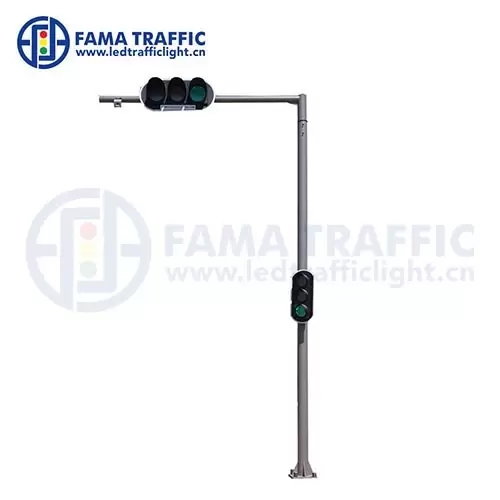Heat exchangers are critical components in various industrial processes, where the efficient transfer of heat is essential for energy conservation and process optimization. Among the many types of heat exchangers, detachable plate heat exchangers stand out for their versatility and ease of maintenance. These heat exchangers can be configured in different ways, including single-pass or multi-pass arrangements, and can be arranged in parallel or counter-flow. Jiangsu Boqini Environmental Protection Technology Co., Ltd. is a detachable plate heat exchanger manufacturer. This article delves into the intricacies of detachable plate heat exchangers, focusing on their single-pass and multi-pass configurations, and how these configurations impact heat transfer efficiency.

The Detachable Plate Heat Exchanger: A Brief Overview
Detachable plate heat exchangers are engineered to facilitate easy cleaning and maintenance without the need for disassembly of the entire unit. The plates, which are the primary heat transfer surfaces, are held together by a frame and can be easily detached for cleaning or replacement. This design feature is particularly advantageous in applications where fouling or scaling is a concern, as it allows for regular inspection and maintenance without significant downtime.
Single-Pass Plate Heat Exchangers: Simplicity and Efficiency
A single-pass plate heat exchanger is the most straightforward configuration, where both the hot and cold fluids flow through the exchanger in a single pass. This means that each fluid travels through the exchanger once, either in parallel or counter-flow to the other fluid.
1. Parallel Flow Configuration
In a parallel flow single-pass plate heat exchanger, both fluids enter and exit the exchanger at the same end. The fluids flow side by side, with minimal temperature cross-contamination due to the parallel arrangement. This configuration is suitable for applications where a large temperature difference is required at the outlet, such as in heating applications.
2. Counter-Flow Configuration
Counter-flow single-pass plate heat exchangers, on the other hand, have the hot and cold fluids entering at opposite ends. This arrangement maximizes the temperature difference between the fluids at every point within the exchanger, leading to higher heat transfer efficiency. Counter-flow is often preferred in applications where the temperature approach is critical, such as in cooling processes.
Advantages of Single-Pass Plate Heat Exchangers
- Low initial cost: Due to their simple design, single-pass plate heat exchangers are often more cost-effective than their multi-pass counterparts.
- Ease of maintenance: The detachable nature of the plates allows for quick and easy cleaning or replacement, which is particularly beneficial in applications with high fouling potential.
- High heat transfer rates: The thin plates used in plate heat exchangers provide a large surface area for heat transfer, resulting in high heat transfer coefficients.
Multi-Pass Plate Heat Exchangers: Enhanced Heat Recovery
Multi-pass plate heat exchangers are designed to increase the heat recovery efficiency by allowing the fluids to pass through multiple times before exiting the exchanger. This configuration can be particularly beneficial in applications where a high degree of heat recovery is required.
1. Multi-Pass in Series
In a multi-pass series configuration, the fluids can flow through the exchanger in a series of single-pass segments. For example, a 2-pass configuration would have the fluid flow through the exchanger twice, while a 4-pass configuration would have it flow through four times. This arrangement can significantly increase the heat transfer efficiency, especially when the fluids have a large temperature difference or when a high level of heat recovery is needed.
2. Multi-Pass in Parallel
A parallel multi-pass configuration involves shunting the fluid into multiple streams that flow through the exchanger simultaneously. This can be useful in applications where the flow rate needs to be managed or where the pressure drop across the exchanger needs to be minimized.
Advantages of Multi-Pass Plate Heat Exchangers
- Enhanced heat recovery: By allowing the fluids to pass through multiple times, multi-pass plate heat exchangers can achieve a higher level of heat recovery, which is crucial in energy-intensive processes.
- Better temperature control: The multiple passes provide more opportunities for heat exchange, allowing for better control over the outlet temperatures of both fluids.
- Flexibility in design: Multi-pass configurations can be tailored to specific process requirements, offering a high degree of flexibility in design and operation.
Comparative Analysis: Single-Pass vs. Multi-Pass Plate Heat Exchangers
When deciding between a single-pass and multi-pass plate heat exchanger, several factors must be considered, including the required heat transfer rate, the available space, the pressure drop across the exchanger, and the cost implications.
www.boqini-heatrecovery.com
Jiangsu Boqini Environmental Technology Co., Ltd.

